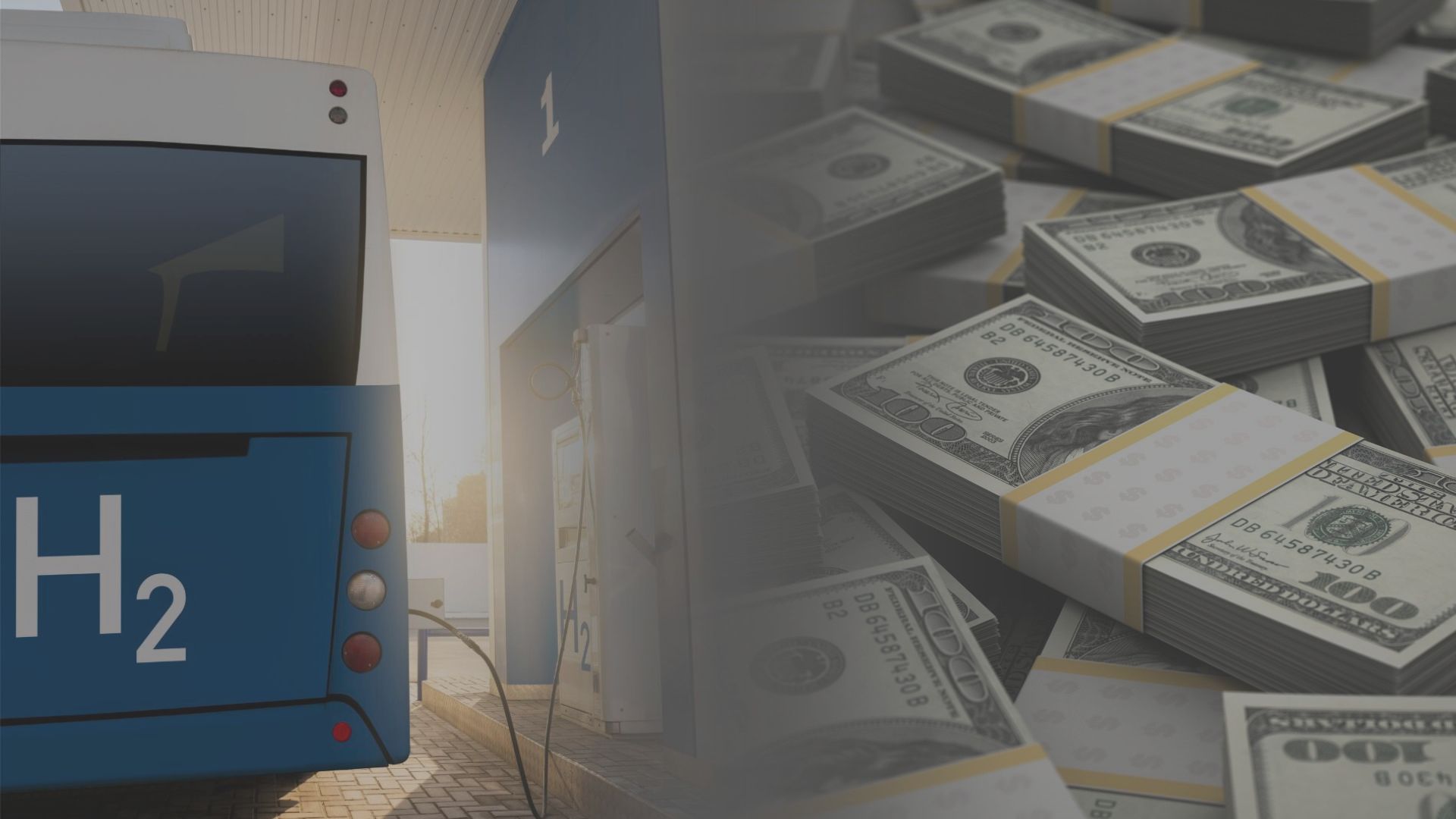

Revolutionary recovery technique for space solar cells uncovered by Australian researchers
by Simon Mansfield
Sydney, Australia (SPX) Jul 18, 2023
A groundbreaking finding from a group of Australian researchers unveils that proton radiation damage in low-earth orbiting perovskite solar cells can be fully restored to its original efficiency through a process of thermal vacuum annealing.
This multidisciplinary study was a first in several aspects. It marked the initial use of thermal admittance spectroscopy (TAS) and deep-level transient spectroscopy (DLTS) for analyzing defects in proton-irradiated and subsequently recovered perovskite solar cells. Furthermore, it was a pioneering effort to incorporate ultrathin sapphire substrates with high power-to-weight ratios conducive to commercial applications. The research has been made publicly available in the journal Advanced Energy Materials.
Lightweight perovskite solar cells (PSCs) stand out as a viable option for powering cost-effective space hardware. Their significant potential is largely attributed to the trifecta of their low production cost, high efficiency, and radiation resistance. Prior research on proton-irradiated PSCs involved thicker, heavier substrates exceeding 1mm. However, this study employed 0.175mm ultrathin, radiation-resistant, and optically transparent sapphire substrates to harness high power-to-weight ratios.
This innovative project was conducted at the University of Sydney, helmed by Professor Anita Ho-Baillie, who also serves as an Associate Investigator with the ARC Centre of Excellence in Exciton Science.
The team executed the testing of the solar cells by exposing them to a rapid scanning pencil beam of seven mega-electron-volts (MeV) protons. This procedure, carried out at the Centre for Accelerator Science (CAS) at ANSTO, simulated the proton radiation exposure solar cell panels would experience during their lengthy orbits around the earth in a low-earth orbit (LEO) on a satellite.
The team made a critical discovery about the hole transport material (HTM), which functions to convey the photo-generated positive charges to the electrode in the cell. It emerged that cells using the popular HTM compound 2,2′,7,7′-Tetrakis[N,N-di(4-methoxyphenyl)amino]-9,9′-spirobifluorene (Spiro-OMeTAD) and the dopant lithium bis(trifluoromethanesulfonyl)imide (LiTFSI) were less resilient to radiation than their counterparts.
Chemical analysis provided further insights, demonstrating that proton radiation induces fluorine diffusion from the LiTFSI, creating surface defects on the perovskite photo-absorber. These defects potentially contribute to cell degradation and efficiency losses over time.
Dr. Shi Tang, the study’s lead author, expressed gratitude for the support of Exciton Science, which enabled the team to harness deep-level transient spectroscopy to scrutinize the cell defect behavior.
Further, the team determined that cells devoid of Spiro-OMeTAD and LiTFSI were resistant to fluorine diffusion related damage. In these cells, the proton radiation-induced degradation could be reversed by heat treatment in vacuum. The resistant cells utilized Poly[bis(4-phenyl) (2,5,6-trimethylphenyl) (PTAA) or a combination of PTAA and 2,7-Dioctyl[1]benzothieno[3,2-b][1]benzothiophene (C8BTBT) as the hole transport material, with tris(pentafluorophenyl)borane (TPFB) as the dopant.
Reflecting on the significance of their findings, Professor Ho-Baillie voiced hope that their research would guide future initiatives in the design and development of cost-effective, lightweight solar cells for space applications.
Related Links
ARC Centre of Excellence in Exciton Science
All About Solar Energy at SolarDaily.com







